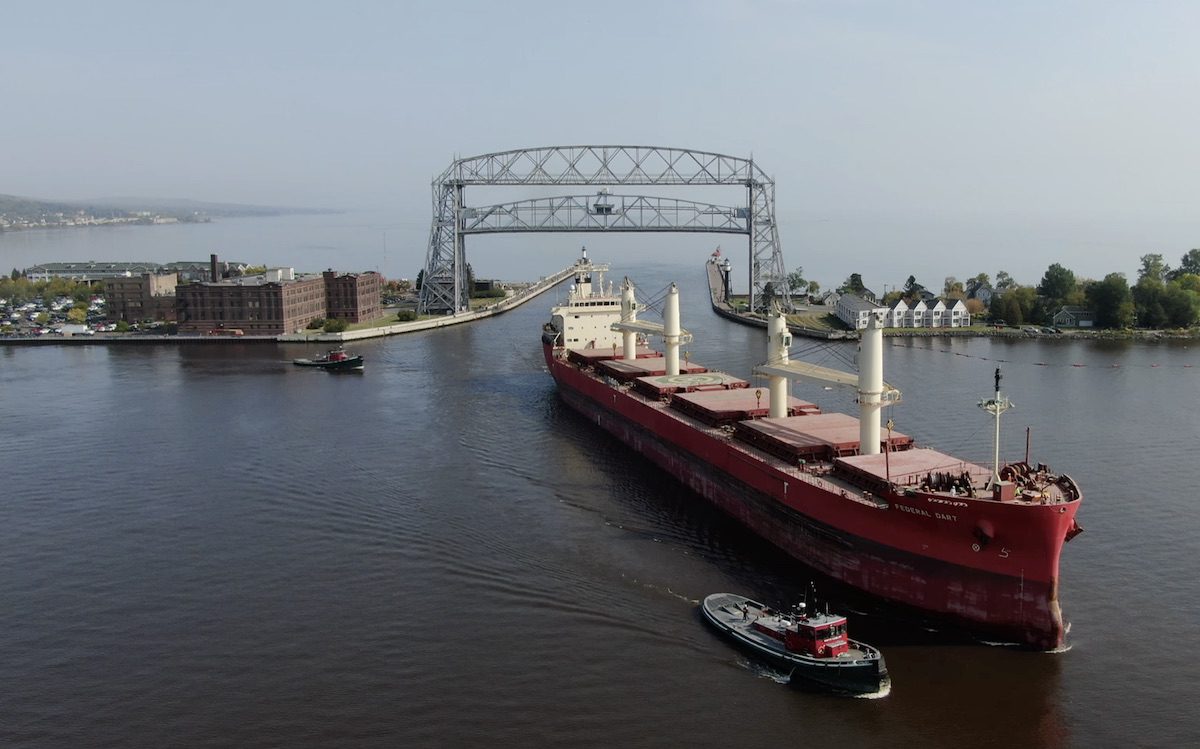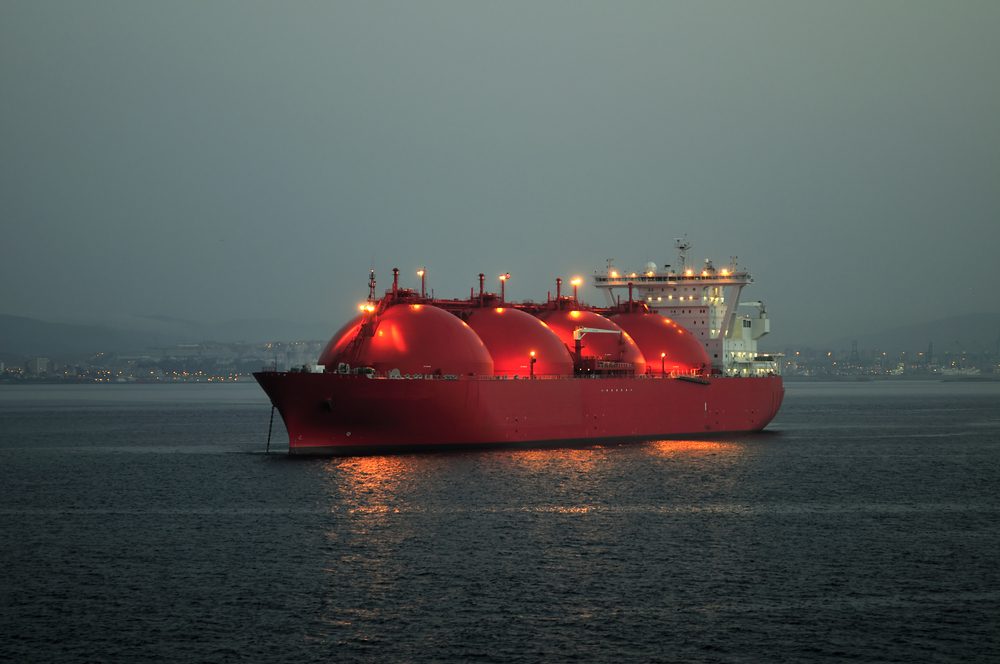Overall tonnage transported by ships in the binational Great Lakes-St. Lawrence Seaway system was down slightly in the 2020 navigation season compared to 2019, despite headwinds from the COVID-19 pandemic.
“The Seaway’s 62nd navigation season was one of the most remarkable in history. Despite all the challenges throughout the year, it was one of the safest and smoothest seasons on record,” said Craig H. Middlebrook, Deputy Administrator of the U.S. Great Lakes St. Lawrence Seaway Development Corporation.
From the opening of the St. Lawrence Seaway on April 1, 2020 to its closing on December 31, 2020, American and Canadian ports reported handling a total of 37.7 million metric tons (mt), down 1.7% year-over-year, with marked year-over-year increases in commodities such as grain (+27.1%), gypsum (+32.8%), steel slabs (+181.7%), and asphalt (+30.9%).
“The final tonnage results continue to demonstrate the resilience of the binational waterway and its ability to remain competitive in the global marketplace,” said Middlebrook.
Ports across the Great Lakes-St. Lawrence Seaway System also saw major increases in wind cargo. The Port of Duluth-Superior, for example, witnessed an increase of 219,000 freight tons in wind cargo compared to 2019, a record year for the port.
“Looking beyond the numbers, this port’s emergence as a wind cargo hub is an important win for cargo diversity and also for the expansion of renewable energy nationwide,” said Deb DeLuca, Executive Director of the Duluth Seaway Port Authority. “It’s been a difficult year under the cloud of a global pandemic, but this freight tonnage record is a much-appreciated highlight, made even better by the fact that Duluth Cargo Connect set records in consecutive seasons.”
Ian Hirt, Port Director for the Port of Indiana-Burns Harbor, was also optimistic about the uptick of wind components.
“The Port of Burns Harbor saw a total of 45 shipments of wind components, both via ship from overseas as well as domestic origins via deck barge,” said Hirt. “We also handled approximately 10 ships containing components for gas-powered electric generation stations as the U.S. Midwest shifts away from coal.”
The Port of Cleveland realized the conclusion of two major infrastructure programs, including a 400-foot extension of the ore tunnel at the port’s bulk terminal and an upgrade to the main gate at the general cargo terminal.
“The upgrades completed in 2020 will lead to much more efficient handling of cargo as well as an increase in throughput capacity,” Port of Cleveland Chief Commercial Officer David S. Gutheil said. “The main gate upgrade will
also reduce wait times for trucks, enabling future cargo growth and reducing emissions.”

 Join The Club
Join The Club











